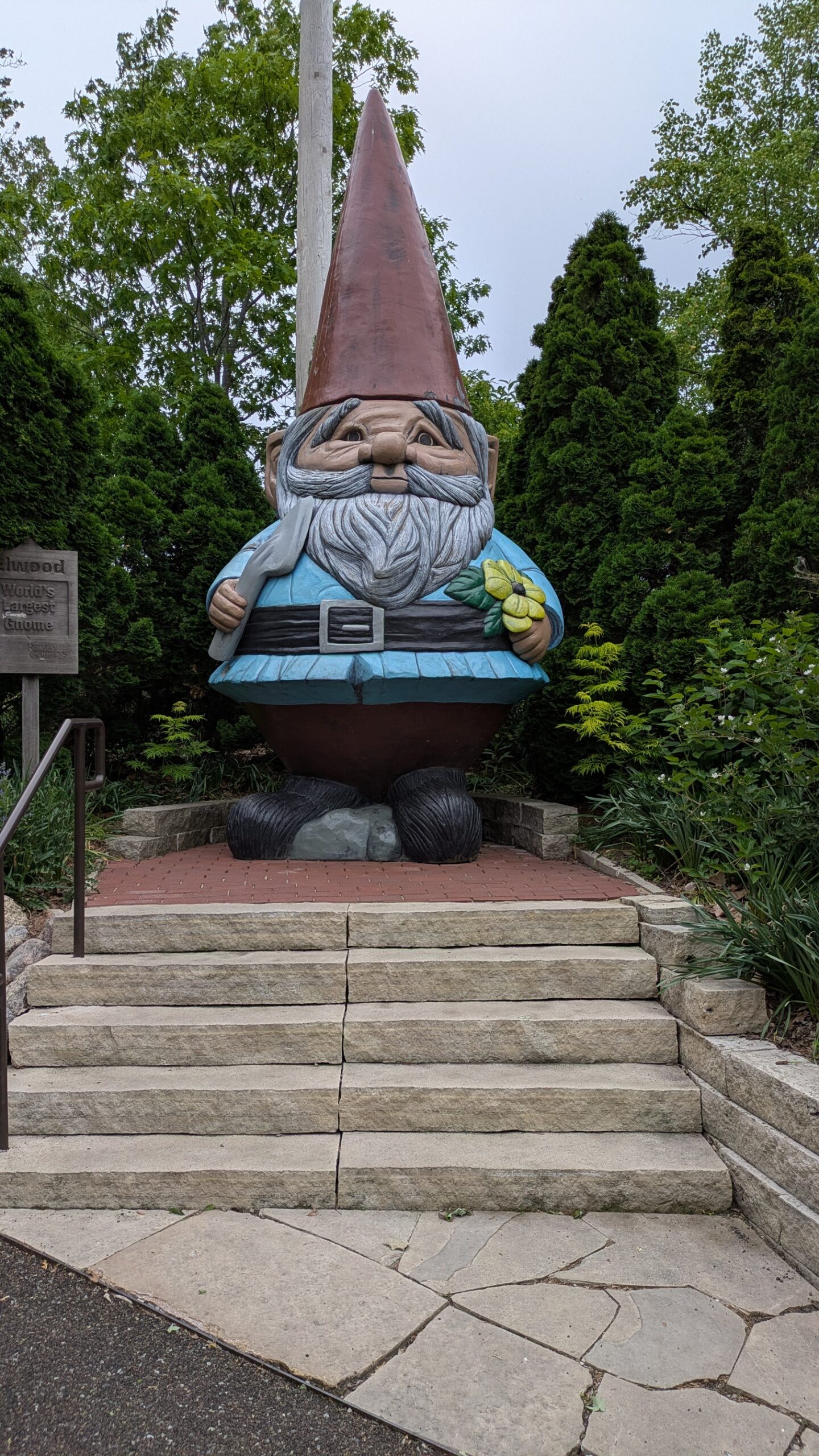-
GPN Networking Equipment Upgrade
Our network engineers have been hard at work setting up new equipment! Thanks to these invisible and hard-working people, the GPN network is passing packets. Thank a network engineer today for delivering our modern world. Here are the pictures of the POP in Tulsa, Oklahoma. Here’s the equipment in Kansas City, Missouri:
-
Upcoming Changes to Grants
Thanks to Michael Wallace from UAMS for alerting us to these changes! This will impact healthcare from a HIPAA compliance, RHC allowable technologies, and might change the involvement of “big tech companies” in any USF fee reforms. Sustaining Select Efforts to Strengthen the Nation’s Cybersecurity and Amending Executive Order 13694 and Executive Order 14144 –…
-
Thank You for Attending the GPN Annual Meeting!
It was great to see so many of you in Ames, Iowa! We never get to catch up as much as we’d like, because it is a whirlwind three days. Here are some pictures of old and new colleagues.



